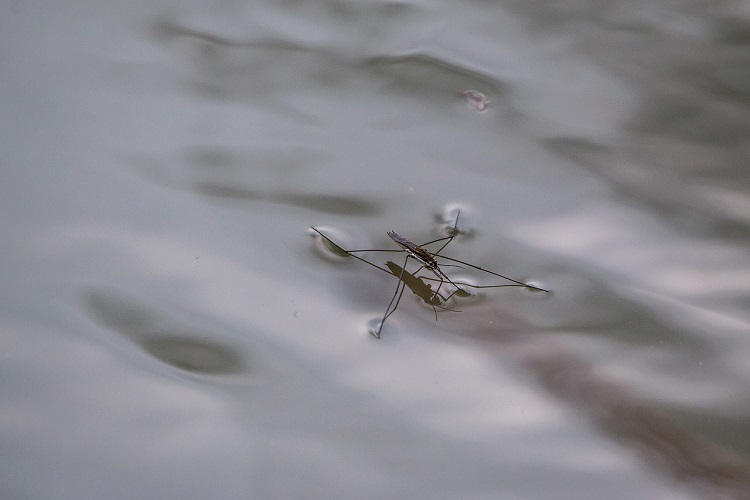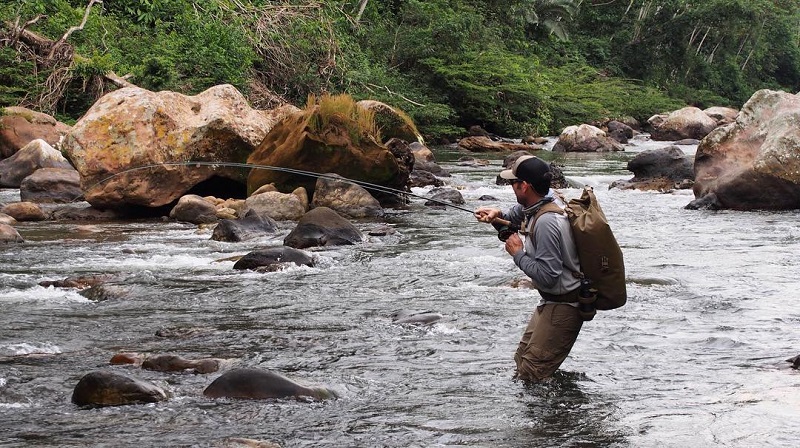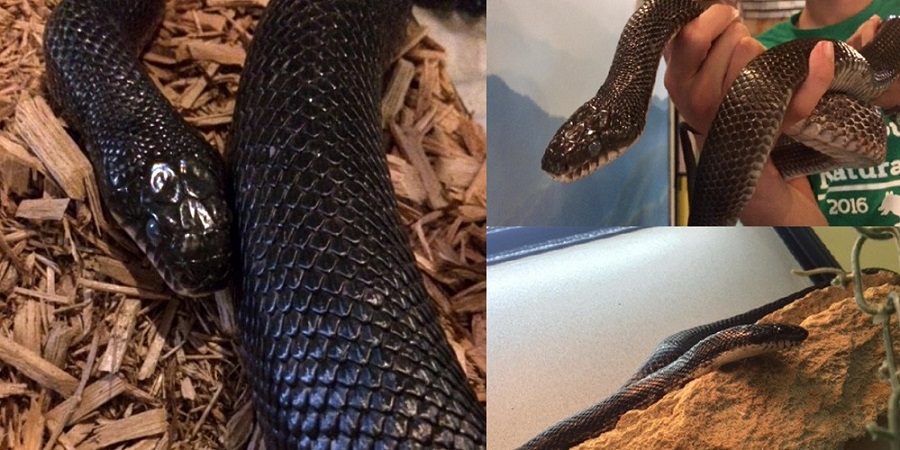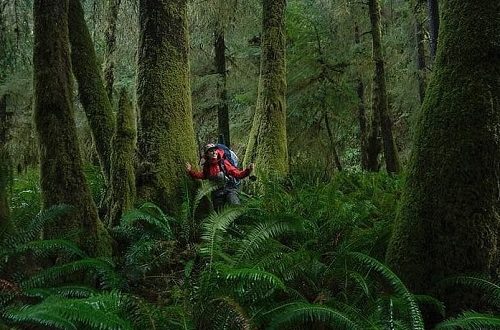Bugs, Insects and Reptiles in the Southeast
Oh, the warm days of Spring and Summer bring smiles form ear to ear as we dust off those water toys and dig out those Chacos from the back closet. With thoughts of late night camping and mapping out new rivers to explore, bugs, tiny insects and reptiles may be the last thing on your mind. We don’t blame you!
Just like us, a wide variety of flying and crawling insects are also emerging from the winter cold. No worries though – we are here to give you a gentle reminder of what exactly to be aware of this season in the Southeast!
1) Timber Rattlesnake
Snakes are a common occurrence in the Southeast, especially near water or heavily wooded areas. Always something to look out for before stepping out of that kayak, raft or walking in for an afternoon of fishing. Although these snakes are highly venomous and their bites can be very serious, they will scatter and would prefer not to encounter a human if they can help it. Varying in length, they are usually found around 3 feet long with some approaching 5 to 6 feet. They are best known for the presence of a “rattle” on the end of the tail. Another reason to keep your furry friend leashed up when hiking as these snakes can come and go in the blink of an eye. When a rattlesnake is frightened or disturbed, it vibrates the tail tip which results in the characteristic buzzing or rattling sound. Keep your eyes and ears open and you should be able to avoid an encounter.
Danger rating: 5/5

2) Water Strider
While this insect may look like a spider on water they are not even considered to be in the spider category at all! These Water Striders can skip, glide and stand still on the water surface of most rivers and streams. Usually found by the shore in calm or standing still water these guys are harmless and can be found in groups. Take a moment next time you spot them and observe as they effortless glide across the waterways!
Danger rating: 0/5

3) Red-Shouldered Bug
The Red-Shouldered Bug is not a threat to humans and can be found around the forest as this is a plant-eating insect. These bugs gather around host plants in large congregations. This insect may look familiar as they tend to seek out shelter in the winter months such as in warm buildings. The bulbous red eyes on the Red-Shouldered Bug, an uncommon feature in insects, generates a curious interest in this otherwise overlooked insect.
Danger rating: 0/5
While not harmful to humans you still don’t want these guys crawling around your lunch or clean clothes while out on a camping trip. Keep your gear dry and safe from any animal with a Big Creek Backpack. Our bags seal shut like a freezer food storage bag — except with a lot more grip and power. Guaranteed to keep water (and bugs!) out and your gear dry.

Image from WNC Nature Center
4) Black Rat Snake
Another common snake that can be found in the Southeast corners of the country is the Black Rat Snake. Typically easier to spot among the leaves and rocks of the forest, the Black Rat Snake can reach up to around eight feet in length. They have slender bodies, are non-venomous, and can subdue their prey via constriction. Be on the look-out in hard-wood forests, swamps, timbered upland, farmland, barns, and old fields as these are some popular locations to find this snake. As part of the chain of command in the forest these snakes are great pest control animals! Preying on rodents they hunt mice, squirrels and sometimes bird eggs. These guys are great climbers and can live up to 15 years.
Danger rating: 1/5
5) Brown Recluse Spider
To end with a bang, the Brown Recluse Spider is a good one to know about and to be aware of as these spiders are poisonous and frequent in North Carolina. The brown recluse spider can be easily identified from the violin shape on its head that points to its back. Also, it has only six eyes – uncommon for a spider. Brown recluse spiders like to hide in dry, cool places, so if you have cardboard boxes under your bed or in a closet or attic, you may very well have brown recluse spiders living right there in the house with you. WATCH OUT! Seriously though, they love cardboard boxes so if possible keep these outside locked in a shed or use pest control methods to keep these guys at bay. If you do get bitten, we recommend seeking medical attention immediately.
Danger rating: 3/5
Stay safe out there and always be aware!

